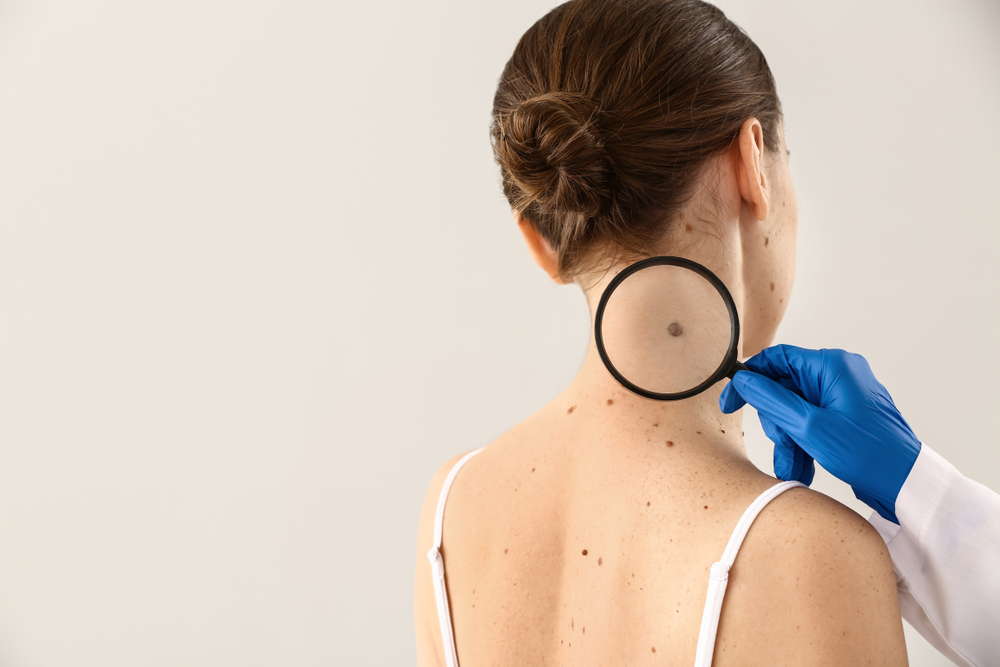Unwanted hair and skin imperfections can make you feel self-conscious when you go out in the world. Luckily, with today’s technology, you can have them removed so that you can enjoy smooth, hair- and blemish-free skin.
Enter laser treatments, particularly those designed to remove pigments and melanin from your skin. Laser hair removal and laser mole removal are two popular procedures to get that beautiful skin you’ve always dreamed of.
What Is Laser Hair Removal?
Laser hair removal, as the name suggests, is the process of using a powerful yet gentle laser to break down the melanin pigments in hair follicles, preventing future growth. A very common option for laser hair removal is the Clarity II™ treatment, which uses 755/1064 nm dual wavelength platforms.
This can help gradually remove hair from its roots while preventing the skin from getting burned. Patients can use it on various areas of their body such as armpits, legs, bikini lines, or even the mustache area. Since the laser relies on the pigments to destroy the hair follicle, the treatment is more efficient for patients with darker hair.
Laser hair removal often requires multiple treatments for the best results, every four to six weeks. This will mostly depend on the overall thickness of your hair. You should be able to see your unwanted hair thinning within the first few months.
What Is Laser Mole Removal?
When moles cause discomfort or look unsightly, laser mole removal is a good non-invasive procedure to have them removed. Most laser mole removal treatments will use IPL, ND-Yag, or KTP laser to remove the mole by targeting the darker pigment. The heat emitted by the laser will also cauterize the wound after the mole removal, allowing it to heal faster.
A very common laser used to melt away mole tissue is the Ellman RF device. After performing a biopsy, Dr. Shaw will use the laser to slowly damage the mole tissue, melting the compromised cells without affecting the surrounding skin. Over time, the destroyed skin cells will be permanently removed from the body, leaving no moles behind. Laser mole removal is more popular than excisions, as the risk of scarring is reduced.

Can Laser Hair Removal Affect Moles?
The main concern of getting laser hair treatment is whether it will affect your moles or not. The good news is that laser treatments have not been shown to directly turn a mole into a cancerous one. That being said, it can still change the appearance of a mole, leading to various concerns.
As previously mentioned, laser hair removal treatments target the pigments within the hair to destroy the follicles. This can be rather problematic for moles, as they also contain clusters of pigment. While it may not turn the mole into a melanoma, laser hair removal can lighten or conceal it, making it less suspicious. These are only appearances because if the mole is indeed suspicious, the effects might not be as visible anymore.
So, the best piece of advice we can give is this: if you have moles and want a laser hair removal treatment, then you should schedule a consultation first. While Dr. Shaw will avoid the moles, you should have them checked for possible risks. If the mole turns out to be benign or potentially problematic, laser mole removal can also be employed to remove it.
Considerations Before Getting Laser Treatments
Before getting a laser hair removal or mole removal treatment, there are several considerations that you must keep in mind. The most important is that regardless of the treatment that you get done, you must have your mole checked. If the mole is potentially cancerous, then different laser wavelengths and treatments may be used to safely remove the mole.
For both hair and mole removal, you may need more than one session. Also, for about one month before getting the treatment, you should avoid excessive sun exposure or tanning beds. As the laser targets melanin, your tan can make the procedure slightly more uncomfortable.
Patients with darker skin also have more pigment, which increases the potential for discomfort or burning of the skin. Numbing creams can be applied to decrease potential pain, and soothing creams should be used for several days after the procedure.
The Bottom Line
Laser hair removal and laser mole removal are two efficient procedures to target unwanted hair and moles, respectively. Relying on the power of light to break down pigments, the laser compromises the melanin, and the damaged cells will be naturally removed by your body. As far as hair removal goes, the laser damages the hair follicle, not allowing it to continue to grow over time. If you’re looking for smooth skin, then give us a call and we’ll schedule an appointment for you.
For more information about laser hair removal and laser mole removal, you can contact Dr. Travis Shaw, MD at 804-775-4559. He will offer all the information necessary for you to prepare for the procedure. You can also fill out the online contact form, and we will get in touch with you as soon as possible.


